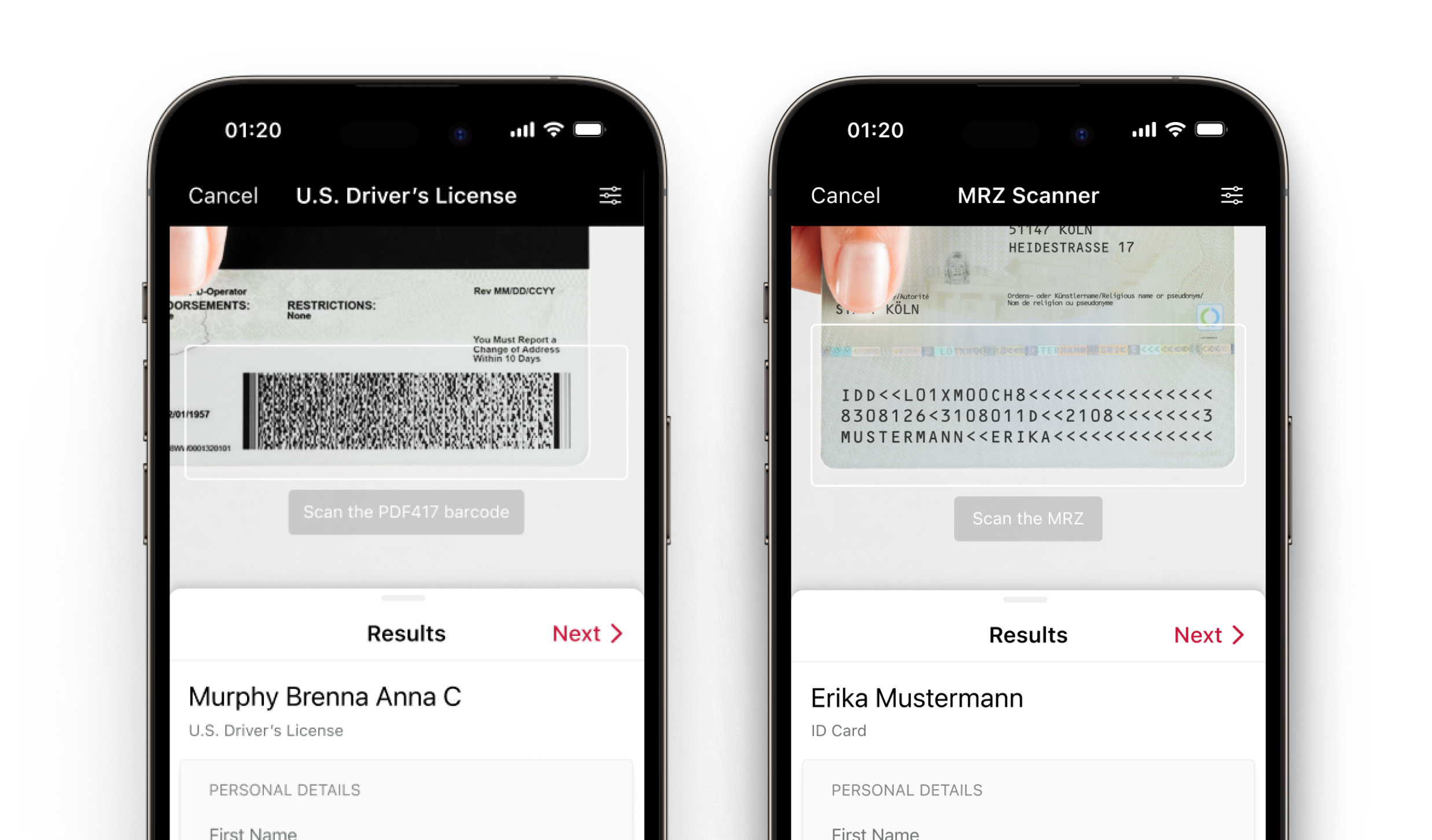Returns have become integral to the customer experience. According to an NRF report, free returns are a key factor in deciding where to shop for 76% of consumers.
At the same time, the return system is vulnerable to fraudulent activities. In 2023, retailers suffered a whopping 101 billion dollar loss from returns abuse alone.
In this article, we’ll explore common return fraud schemes – and ways retailers can fight back.
What is return fraud?
Return fraud is a deceptive practice where individuals exploit a retailer’s return policy to dishonestly gain refunds or exchanges, causing financial losses.
Types of return fraud
Criminals have become quite creative with schemes to abuse returns for profit. Here are just a few of them:
- Returning stolen merchandise: In this case, fraudsters steal items from a store, only to try to return them later. They either use fake receipts or hope that they don’t have to provide one, exploiting the goodwill of the store operator. Some thieves even look for discarded receipts, get one of the listed items, and then use the same receipt to return it.
- Wardrobing: This is where fraudsters basically rent an item for free. A common target is clothing for special events. They buy it, keep the tags on, wear it for the event, and then return the item to get a full refund. Wardrobers often deny the criminal nature of their actions, since they argue that they return the items in perfectly good condition. However, every item not in stock cannot be sold – so buying something with the clear intention of returning it later hurts businesses.
- Receipt fraud: Fraudsters often either create fake receipts or alter old ones to return stolen or discounted items for the full retail price. In other cases, they make a purchase, return to the store to pick up the same product again without paying for it, and then immediately return it with the first receipt. Effectively, they have received the first item for free.
- Price switching: Fraudsters replace the tag on a lower-price item with a higher-price one before returning it. They are then refunded based on the higher price.
- Cross-retailer returns: Items available at several retailers at different prices – or in several locations of the same chain – are purchased for a lower price in one store and then returned in another. The financial gain stems from the price difference.
- Empty box scams: Customers falsely claim they received an empty box and request a refund on the product.
- Item never received: This is similar to the empty box scam, except the fraudsters claim they never received the package with their order to begin with.
How to prevent return fraud
Unfortunately, there isn’t one way to prevent return fraud. Retailers will always have to balance a positive customer experience with clamping down on fraud. They need to address vulnerabilities in the return process – but without seeming overly accusatory. However, retailers can get a head start by staying vigilant and educating their employees on signs of return fraud – and by giving them better tools.
Develop and enforce a clear and strict return policy
Communication is key. Clearly laying out return conditions, including time limits and fees, and prominently displaying them to customers is a first step in reducing return fraud.
Additionally, consider replacing cash refunds with store credit or exchanges, as fraudsters often aim to receive money instead of items.
Verify receipts
As we saw earlier, manipulated, fake, or acquired receipts are the basis of many return fraud schemes. Adding verification data to receipts makes it harder to forge or misuse them. Barcodes containing store-specific information can be easily added and quickly scanned during a return. Besides that, they are hard to fake – if the contained information can not be accessed by third parties. This can be achieved by encryption, for instance.
Requiring a receipt for all returns makes it easier to cross-reference the purchase and ensures that no refund is given for an item that was never sold. Combined with accurate transaction records, this ensures that refund requests can be matched to a specific real sale.
Verify customer identity
In brick-and-mortar stores, asking customers for identification when processing returns can be beneficial. First, this creates accountability, discouraging people from planning return fraud. Secondly, registering customers with their identity information can help detect suspicious return patterns.
Implement mobile data capture strategies
Mobile data capture technology speeds up workflows and gives employees tools to carry out fraud prevention measures. Modern barcode scanner technology is fast and reliable, and can help verify receipt information.
Manual ID verification, meanwhile, is slow and unreliable. What may seem legit to the untrained eye could actually be a fake ID, and manually recording ID data takes time that is scarce at the point-of-sale, resulting in errors. For this case, ID scanners that extract data from the machine-readable zones (MRZs) and PDF417 barcodes are a reliable addition to workflows.
Train staff
Smartphones are ubiquitous, meaning employees are familiar with how to use them. This is why return fraud prevention via a mobile data capture solution requires minimal training, and employees can seamlessly integrate it into their workflows.
Fast and reliable mobile data capture with Scanbot SDK
The Scanbot ID Scanner SDK quickly and accurately extracts data from a variety of ID documents, such as passports, national ID cards, driver’s licenses, and residence permits. It reliably scans machine-readable zones (MRZs) and PDF417 barcodes.

The Scanbot Barcode Scanner SDK reliably scans all common 1D and 2D barcodes, even damaged ones and in low lighting. Thanks to its ready-to-use UI components, you can easily and quickly build an intuitive user interface.
The SDKs work entirely offline and on-device, without connection to third-party servers. This ensures compliance with strict data protection standards, such as the CCPA.
You can experience the Scanbot SDKs in our free demo apps or contact sdk@scanbot.io for further information.







